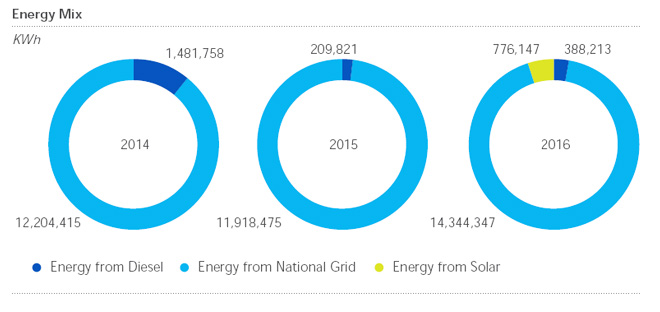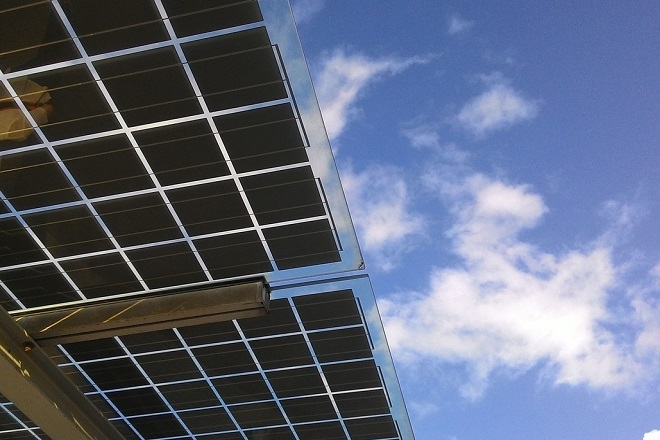online pharmacy https://www.allproorthopedics.com/wp-content/themes/twentytwentyone/assets/jpg/strattera.html no prescription pharmacy
HNB’s carbon footprint was 8.88 MT/sqft in 2016, and the bank reported a 10.2 percent reduction in greenhouse gas emissions after new measures. The bank installed solar energy at 37 branches during the last year to generate two megawatts of power. This has reduced dependence on the national grid by 25 percent, and achieved a reduction in energy bills at a total investment of 354 million rupees. “The bank began the systematic conversion to solar power in the branches and to encourage investments into solar energy panels by our employees,” Managing Director HNB Jonathan Alles said. Last year the bank allocated 2.
online pharmacy https://www.allproorthopedics.com/wp-content/themes/twentytwentyone/assets/jpg/zovirax.html no prescription pharmacy
85 billion rupees worth of loans to hydro, wind and solar power generation. Chief Operating Officer HNB Dilshan Rodrigo told reporters that at present 70 of their branches are equipped with solar power along with ATMs.
 Hatton National Bank also aims to reduce paper usage in administrative work by 75 percent by 2020.
During the year 2016, the bank saved 8,457 Kilograms of paper being 6.2 percent of total paper consumption in the bank despite increased business volumes.
HNB said the automation of processes across the different business verticals continued to reduce the use of paper whilst reducing the need for customers to visit a bank thereby reducing fuel consumption.
The bank opened its first ever digital branch in Kollupitiya last month with a view towards a paperless society.
Hatton National Bank also aims to reduce paper usage in administrative work by 75 percent by 2020.
During the year 2016, the bank saved 8,457 Kilograms of paper being 6.2 percent of total paper consumption in the bank despite increased business volumes.
HNB said the automation of processes across the different business verticals continued to reduce the use of paper whilst reducing the need for customers to visit a bank thereby reducing fuel consumption.
The bank opened its first ever digital branch in Kollupitiya last month with a view towards a paperless society. online pharmacy https://www.allproorthopedics.com/wp-content/themes/twentytwentyone/assets/jpg/orlistat.html no prescription pharmacy

